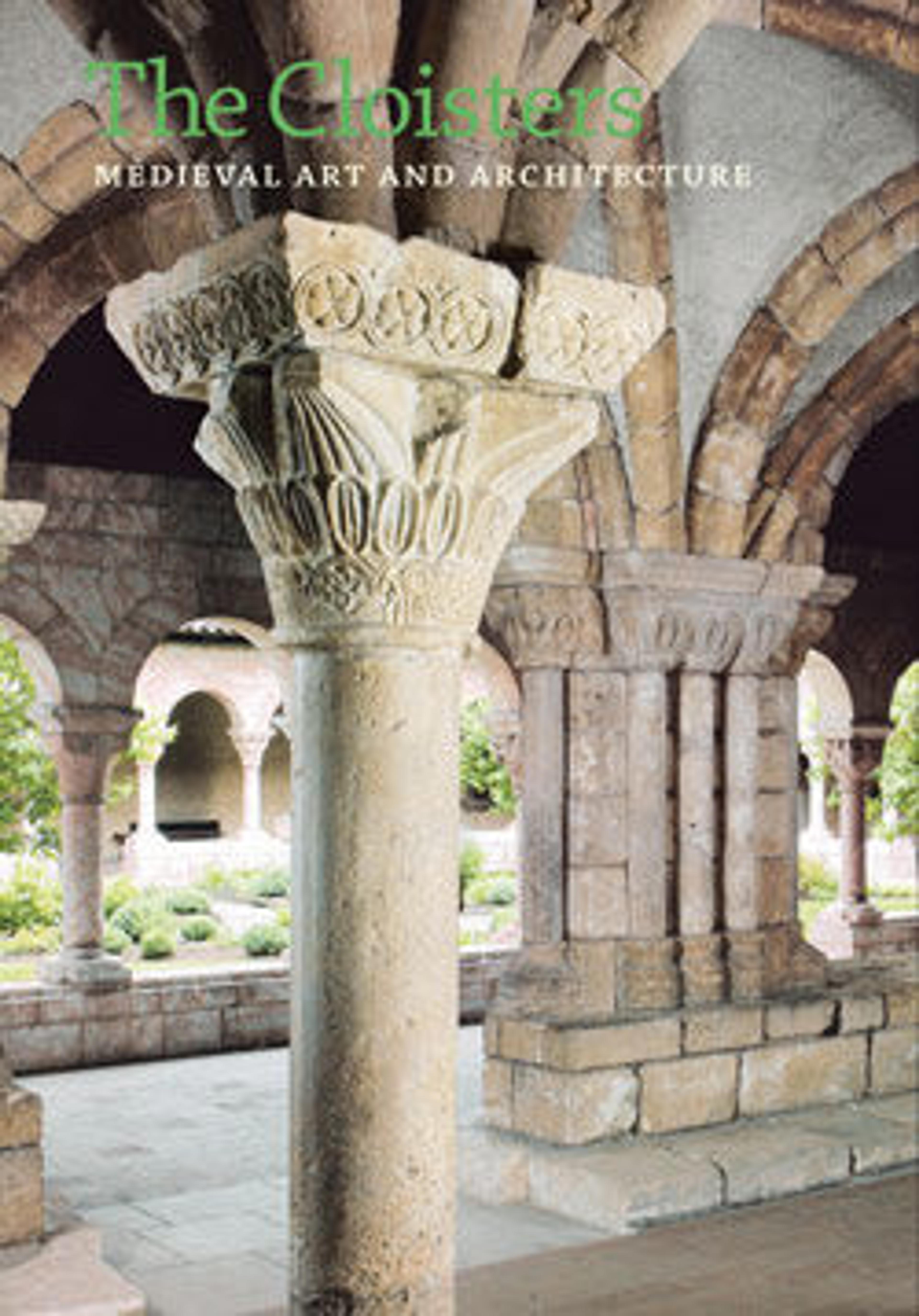Enthroned Virgin and Child
This statuette of the Virgin and Child was produced at a time when Paris was the principal European center of ivory carving. The sensitively carved face of the Virgin generates a tender aura, presenting her as a loving mother rather than the Queen of Heaven. The head of the child Jesus is a modern replacement.
Artwork Details
- Title:Enthroned Virgin and Child
- Date:ca. 1260–80
- Geography:Made in Paris, France
- Culture:French
- Medium:Elephant ivory with traces of paint and gilding
- Dimensions:Overall: 7 1/4 x 3 x 2 7/8 in. (18.4 x 7.6 x 7.3 cm)
- Classification:Ivories-Elephant
- Credit Line:Purchase, The Cloisters Collection and Michel David-Weill Gift, 1999
- Object Number:1999.208
- Curatorial Department: Medieval Art and The Cloisters
Audio
50. Enthroned Virgin and Child
0:00
0:00
We're sorry, the transcript for this audio track is not available at this time. Please email info@metmuseum.org to request a transcript for this track.
More Artwork
Research Resources
The Met provides unparalleled resources for research and welcomes an international community of students and scholars. The Met's Open Access API is where creators and researchers can connect to the The Met collection. Open Access data and public domain images are available for unrestricted commercial and noncommercial use without permission or fee.
To request images under copyright and other restrictions, please use this Image Request form.
Feedback
We continue to research and examine historical and cultural context for objects in The Met collection. If you have comments or questions about this object record, please contact us using the form below. The Museum looks forward to receiving your comments.
